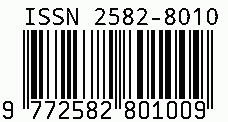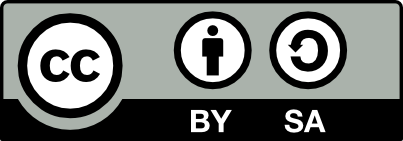
International Journal of Leading Research Publication
E-ISSN: 2582-8010
•
Impact Factor: 9.56
A Widely Indexed Open Access Peer Reviewed Multidisciplinary Monthly Scholarly International Journal
Plagiarism is checked by the leading plagiarism checker
Call for Paper
Volume 6 Issue 11
November 2025
Indexing Partners



















Recent Advances in Nano formulation for Targeted Drug Delivery
| Author(s) | Praveen Gujjula, A. Divya Sri, D. Mohan, L. Renuka, P. Gowtami |
|---|---|
| Country | India |
| Abstract | Nanoformulations are reshaping targeted drug delivery by improving payload stability, enabling controlled release, and achieving tissue- or cell-specific localization. From advances in lipid nanoparticles (LNPs) that enabled the mRNA vaccine revolution to engineered extracellular vesicles (EVs), biomimetic coatings, stimuli-responsive materials, and nanoparticle-enabled CRISPR delivery, the 2023–2025 period has seen accelerated translation and new technical strategies for organ-selective delivery. This review summarizes design principles, notable technological innovations (2023–2025), applications, and translational bottlenecks—focusing on strategies that increase specificity, safety, and manufacturability. We highlight key recent studies and propose directions likely to drive clinical translation over the next five years. |
| Keywords | nanoformulation, targeted drug delivery, lipid nanoparticles, extracellular vesicles, CRISPR delivery, biomimetic coatings, stimuli-responsive nanoparticles. |
| Field | Medical / Pharmacy |
| Published In | Volume 6, Issue 11, November 2025 |
| Published On | 2025-11-28 |
| Cite This | Recent Advances in Nano formulation for Targeted Drug Delivery - Praveen Gujjula, A. Divya Sri, D. Mohan, L. Renuka, P. Gowtami - IJLRP Volume 6, Issue 11, November 2025. |
Share this


CrossRef DOI is assigned to each research paper published in our journal.
IJLRP DOI prefix is
10.70528/IJLRP
Downloads
All research papers published on this website are licensed under Creative Commons Attribution-ShareAlike 4.0 International License, and all rights belong to their respective authors/researchers.

